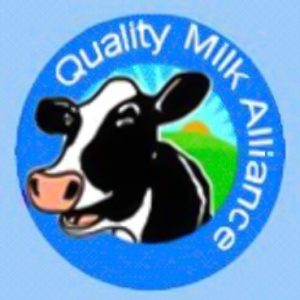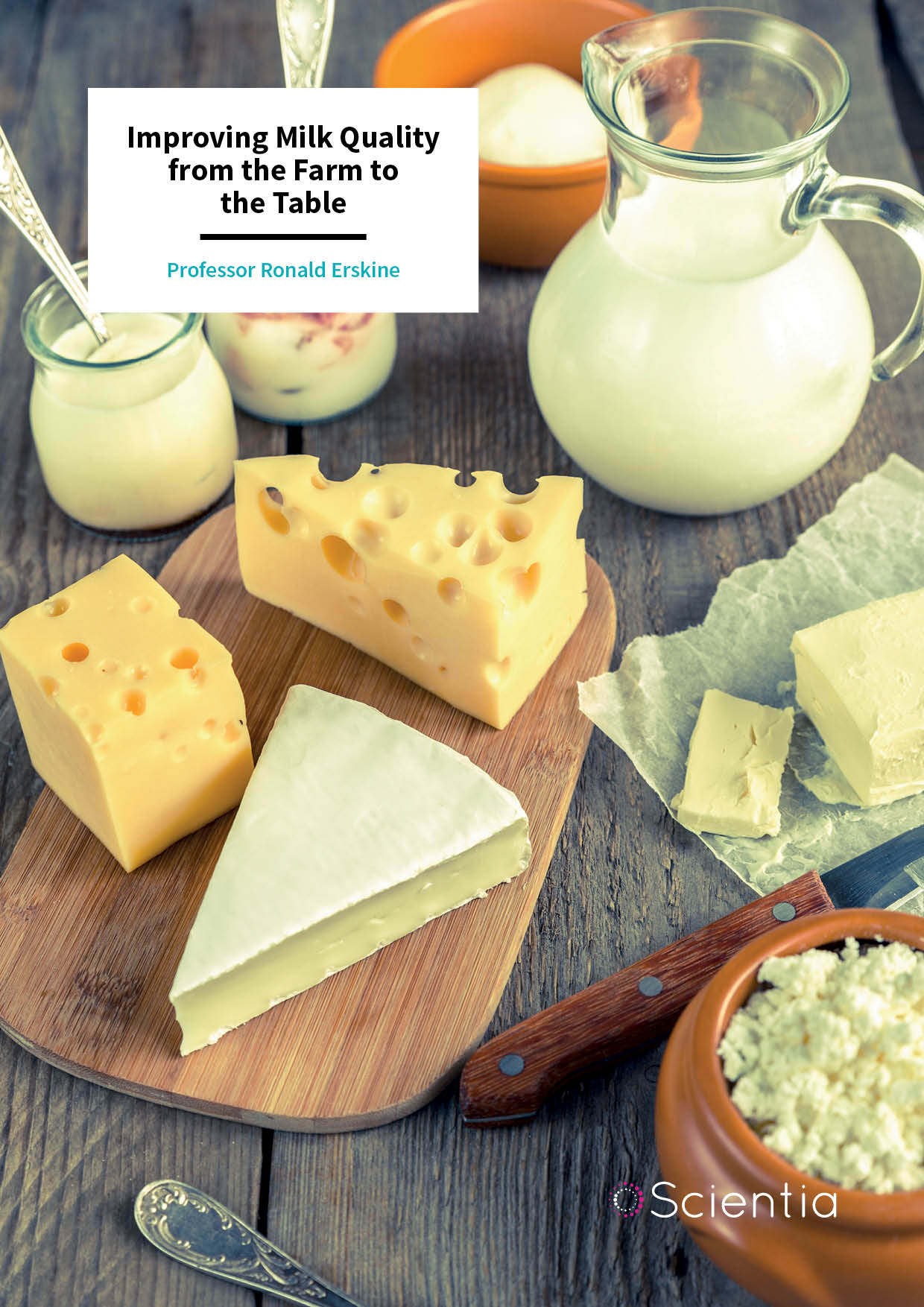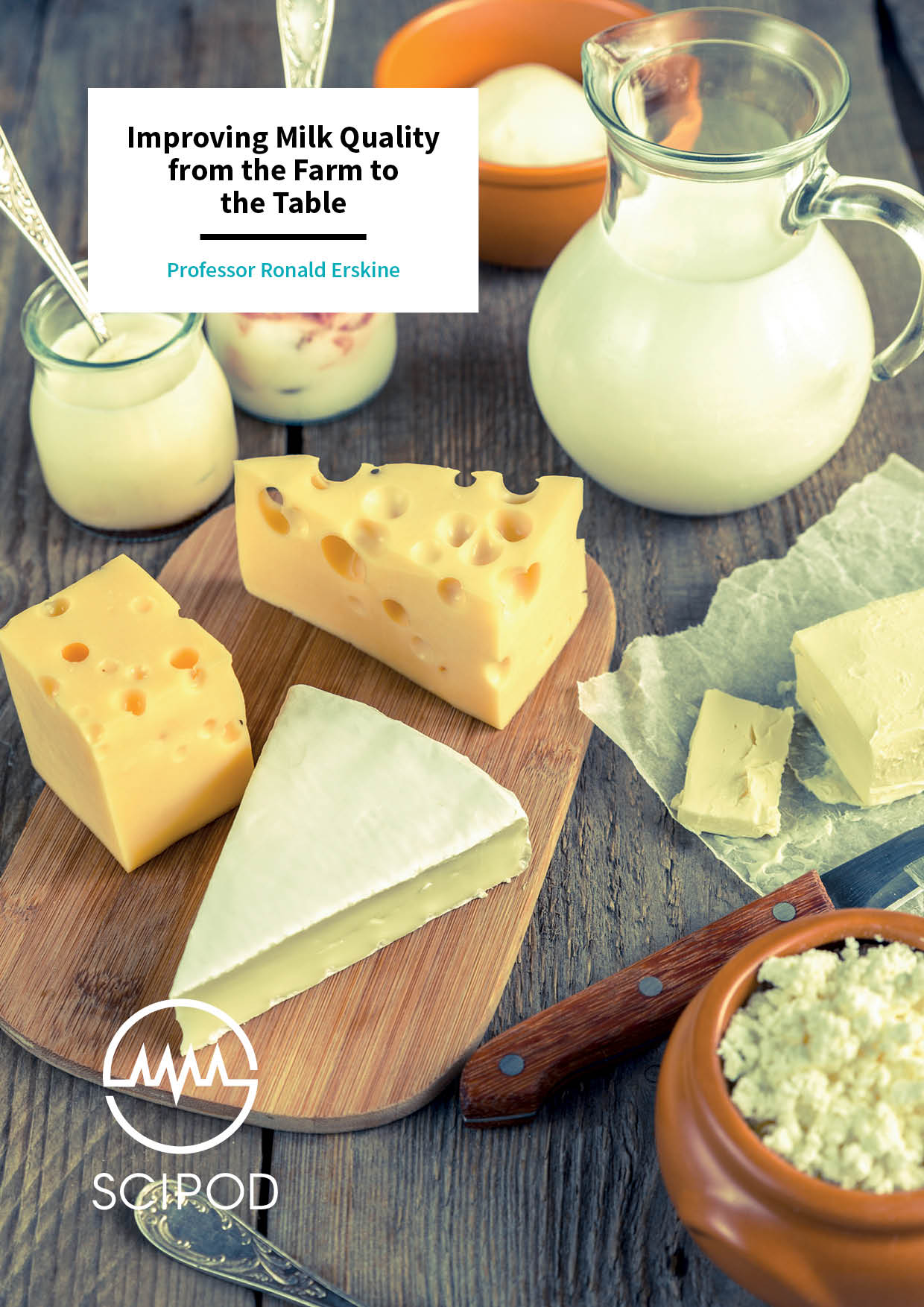Professor Ronald Erskine – Improving Milk Quality from the Farm to the Table
The US dairy industry has undergone major restructuring over the past couple of decades, with growing herd sizes and an increased reliance on labour from outside the family. These changes have brought about new challenges to prevent infectious diseases among cattle. To address these challenges, a team led by Professor Ronald Erskine of Michigan State University created a ‘hands on’ farm evaluation and an education program for dairy veterinarians. Through this work, the team aims to improve dairy food quality, sustainability and reduce antibiotic use.
Recent Changes in the US Dairy Industry
The US dairy industry has undergone a rapid change over the last quarter of a century, with herd sizes and milk production increasing. For example, the average herd size on farms increased from 72 cows in 1996 to 226 cows in 2014.
As a result of these changes, dairy farms are relying more on workers from outside of the family and are increasingly diversifying their employment practices by hiring immigrants. Recent estimates suggest that more than 50% of dairy farms employ immigrant labourers, most of whom are Spanish-speaking.
Barriers Between Farm Labour and Management
The hiring of immigrant labour has created a gap between the human resource needs of dairy farms and the capacity of farm managers to address them. Often employer–employee relationships become strained because of cultural and communication barriers between native English-speaking management and non-native employees. Many dairy managers also have limited human resource knowledge and management experience, leading to frustration with protocol drift and a perceived lack of engagement among employees.
Immigrant labour is heavily concentrated in entry-level positions on dairy farms, carrying out key roles, such as milking, cleaning and maintaining housing, and administering therapies. The disconnect between dairy producers and farm labourers can negatively affect the daily routine of the cows. For example, improper milking decreases farm productivity, cow health, and the amount of harvested milk.
Educating Dairy Workers
One major concern is that unskilled labourers often carry out mastitis control protocols. Mastitis is an infectious disease in dairy cows and it is usually caused by bacteria that inflame the udders, reducing the quantity and quality of the milk produced. Depending on the severity of infection, some cows with mastitis may require antibiotics to recover, but milk from cows treated with antibiotics is unusable. Furthermore, the use of antibiotics in livestock is a contributing factor to the rise of antibiotic-resistant bacteria. For these reasons, mastitis is not only an important animal welfare and farm productivity issue, but it is also a human health and food safety priority.
‘The cows know best about milking protocols, but how do we translate what they’re telling us? How do we best use their insight? We should listen because the conversation leads to better milk quality, safety and sustainability.’
Many dairy employees lack previous farm experience, and employee turnover rates are high on many farms, as workers often find the manual work difficult, especially if training is lacking. Thus, there is growing recognition in the dairy industry of the need for training and education programs to support dairy employees. Effective and consistent communication and training are critical for the prevention and control of mastitis, as well as sustaining high milk quality standards.
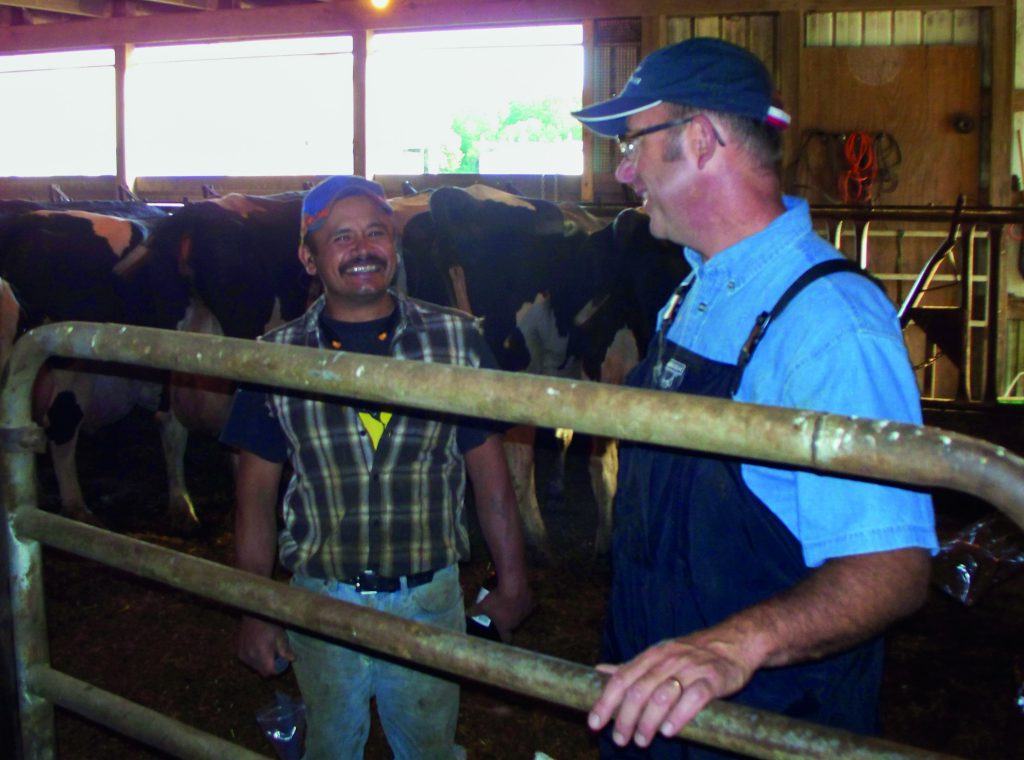
The Quality Milk Alliance
The current situation in dairy production in the US, and other parts of the world, demands renewed efforts to adapt to the changes in labour. In recognition of this, Professor Ronald Erskine of Michigan State University, alongside collaborators from Michigan State, Florida A&M, Pennsylvania State, Mississippi State and Syracuse Universities, established the Quality Milk Alliance. The Quality Milk Alliance is an integrated initiative that combines education, research and extension, in cooperation with and funding by the USDA-National Institute of Food and Agriculture.
Professor Erskine and his collaborators developed the program in three phases. In the first phase, the researchers gathered information from dairy farms. During phase two, they used the information to design and test the Quality Milk Alliance (QMA) evaluation, a tool that can pinpoint key opportunities to improve milk quality on the farm. In the last phase, the team created the Quality Milk Specialist Certificate (QMSC) program. This is an interactive education program to train veterinarians how to implement the QMA evaluation on dairy farms.
A Three-Tiered Approach
In phase one, the team sent a survey out to 1,700 dairy farms across Michigan, Pennsylvania and Florida during the winter of 2012–2013. The survey included questions relating to milking systems, the environment in which cows live and attitudes towards mastitis and antibiotic use. To effectively evaluate these farms, Professor Erskine and his team wanted to look at every aspect of the cows’ daily life.
After the survey, the team conducted focus groups with farm employees and managers. One goal of the focus groups was to further flush out potential issues in management–employee communication and employee training. ‘Many surveys have asked dairy farmers about what they believe about mastitis and how to prevent this disease. But little is known from the employee’s perspective,’ explains Professor Erskine.
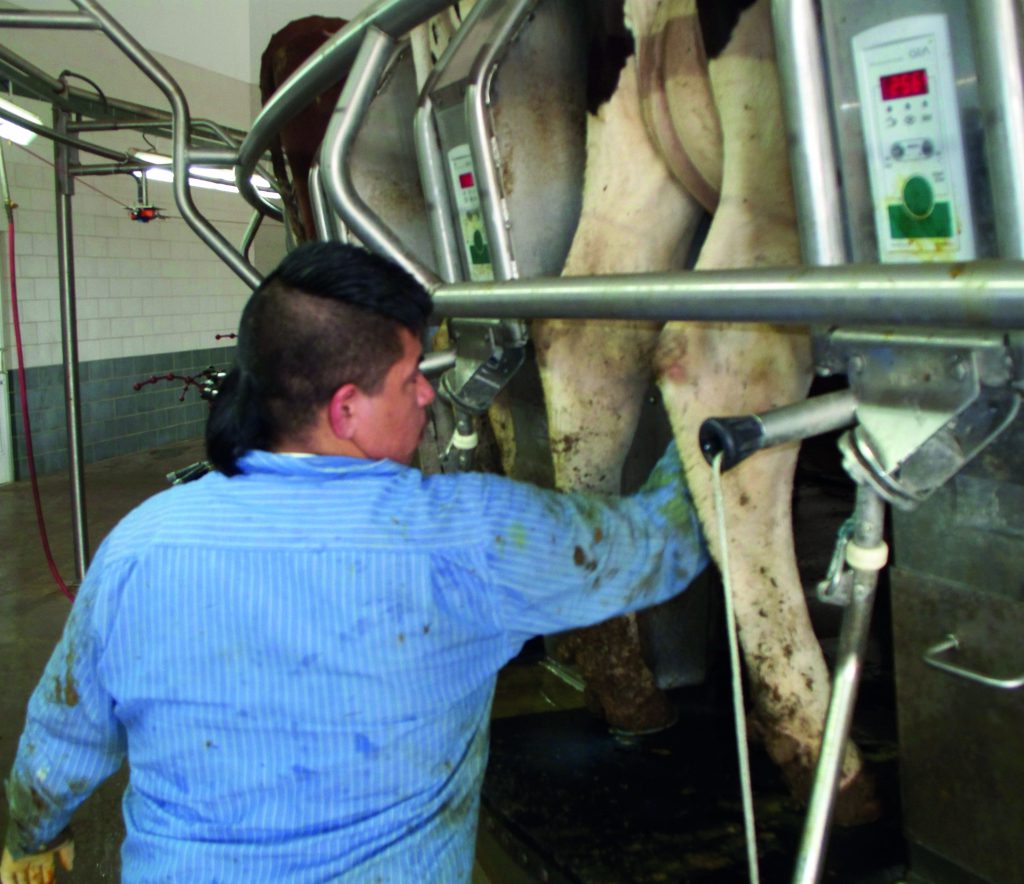
The information collected from the survey and focus groups was used to create the QMA evaluation, which can be used on farms to identify key areas in management and protocols that could be changed to reduce mastitis and antibiotic use. The evaluation offers a framework by which dairy farmers can assess their current control practices, such as how the cows are milked, the equipment used for milking, and the environment the cows live in. ‘We wanted to develop an evaluation that listens to the cows,’ states Professor Erskine. ‘The cows know best about milking protocols, but how do we translate what they’re telling us? How do we best use their insight? We should listen because the conversation leads to better milk quality, safety and sustainability.’
Crucially, the QMA differs from other on-farm evaluations because it includes employee input and work conditions. For example, what are opportunities to improve training, feedback, ergonomic conditions, and workload?
Once they had designed the QMA evaluation, Professor Erskine and his colleagues then gained feedback from dairy producers, employees, and veterinarians about the logistics and feasibility of applying it on the farm. A panel of internationally renowned experts later aided the team to improve and finalise the evaluation.
With the ‘finished evaluation’ in hand, Professor Erskine and his team conducted a field trial to see if routine use of the QMA evaluation and better educated farm workers reduced rates of mastitis and antibiotic use among dairy cows. To do this, the team enrolled 124 herds across Florida, Michigan, and Pennsylvania for a 12–15-month period. Professor Erskine explains that one of the primary goals of the project is to understand the connection between the QMA evaluation and employee engagement. ‘This will be a fundamental platform from which to enhance better compliance with protocols on the farm by improving employee willingness to be part of the farm team,’ he states.
Finally, the QMSC education program was designed to educate and train veterinary ‘amplifiers’ who would use the QMA evaluation for on-farm analysis. The QMSC program certifies veterinarians as ‘quality milk specialists’, so that they can become proficient in applying the QMA evaluation and make necessary reforms, such as training workers how to milk properly. Also, veterinarians are encouraged to become the ‘on-farm science teachers’ for employees; not only training HOW to do the protocols, but also teaching WHY the protocols are important. Alongside the lack of scheduled time for communication and feedback, employees in the focus groups most often cited not knowing why the tasks they perform are important as a leading cause of frustration. The QMSC program consists of both online and hands-on modules.
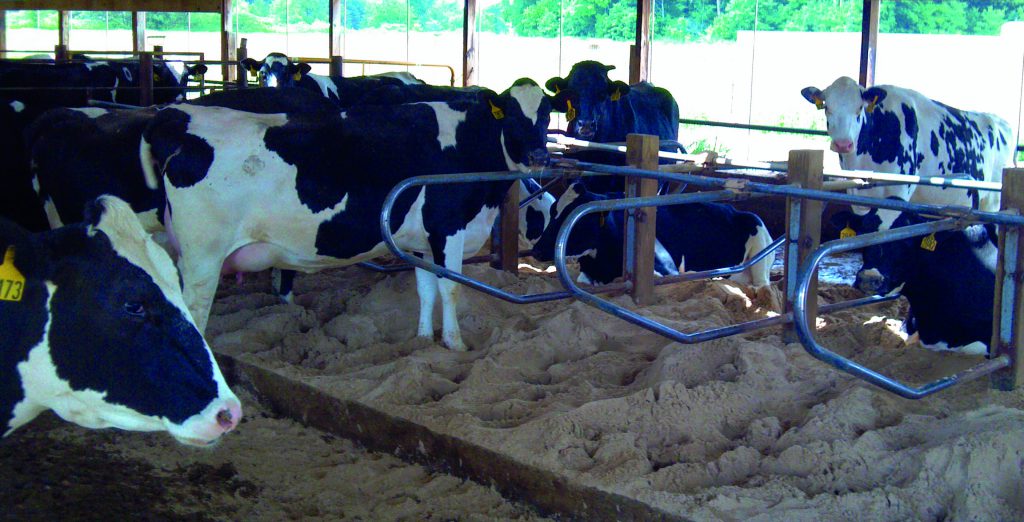
Overview of Findings
Perhaps unsurprisingly, the team found that herds that struggled with worker compliance over milking protocols were more likely to have higher Bulk Tank Somatic Cell Counts (BTSCCs). Somatic cell counts are a measure of the number of white blood cells in milk – with higher numbers indicating more cows with mastitis in a herd – and are thus an important indicator of milk quality. The team found that higher BTSCCs were also correlated with a lack of employee incentives and training. Professor Erskine explains that ‘as dairy herd size increases, employees are under more duress to effectively perform milking tasks and use more complex farm technologies. Thus, they are in need of more in-depth training.’
Additionally, Professor Erskine contends that to effectively manage mastitis, or any animal health issue on the farm, farm owners need to implement the ‘human dimensions of management’, such as incentives to motivate employees, establishing effective communication and training workers, and better ergonomic environments. This is necessary if dairy producers are to recruit and retain good employees, which 99% of herd owners said was ‘of critical importance’ in the survey.
This is also a wish of employees, who expressed a strong desire for more structured training and communication opportunities between them and farm managers. Effective training and feedback not only reduces the pressures they face when preforming their tasks, but gives them a sense of respect for the work they do. Professor Erskine suggests that employees’ knowledge of mastitis prevention lags behind that of managers, despite the fact that they play a greater role in the critical work of milking and maintaining cow health. For example, half of the employees stated that they receive no education regarding herd goals relative to mastitis and nearly three-quarters said that they learned how to milk cows from fellow employees, or ‘on their own’. Ironically, nearly 90% of the managers believed that they were the ones who provided their employees with training. Professor Erskine and his colleagues assert that up-skilling farm labourers will lead to better quality milk.
An important finding from the team’s study is that dairy cows that are not milked properly not only have higher rates of mastitis, but also decreased milk production. ‘This is a novel finding from this project, suggesting that inadequate pre-milking protocols may reduce milk yield by as much as 3 kilograms of milk during each milking,’ says Professor Erskine. This decreases the sustainability and efficiency of dairy production.
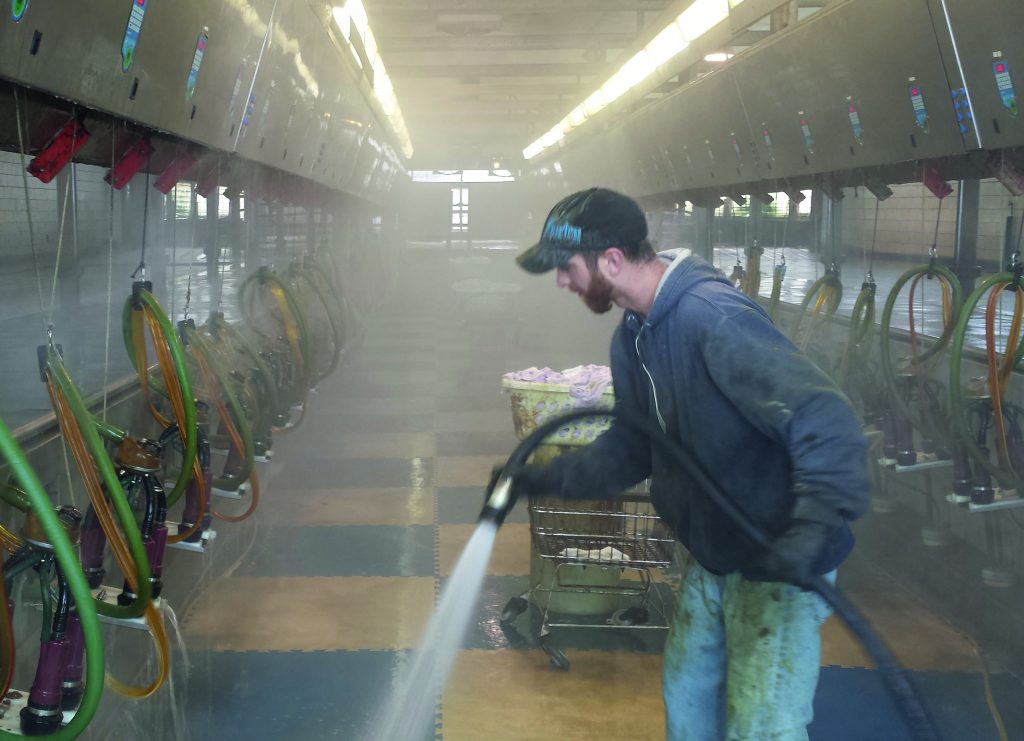
Impact of the Quality Milk Alliance
At the beginning of the project in 2013, the team launched the Quality Milk Alliance website (qualitymilkalliance.com). Since the website was launched, it has attracted an impressive 24,654 views, and the team has posted 64 articles and videos. The Quality Milk Alliance team has also published 15 scientific outputs in journals and proceedings.
Throughout the life of the project, the team has worked hard at translating their scientific findings into practice. They are keen to increase awareness of employee engagement by offering workshops and seminars. As Professor Erskine states: ‘Our goal is to provide information and advice to veterinarians, dairy producers, dairy farm managers, dairy farm employees and consumers.’
Meet the researcher

Professor Ronald Erskine
Veterinary Medical Center
Michigan State University
East Lansing, MI
USA
Professor Ronald Erskine completed his bachelor’s degree in Biochemistry, and his Doctorate in Veterinary Medicine at the University of Illinois. Following several years of private practice, he gained his Master’s degree and PhD from Pennsylvania State University. Professor Erskine is currently a Professor and Dairy Extension Veterinarian in the College of Veterinary Medicine at Michigan State University. He is the project director of a multi-institution project to reduce mastitis and antibiotic use in dairy cattle, which focuses on employee training and engagement. His team’s research focuses on bovine infectious disease, particularly antibiotic use and milk quality, and he has received awards for outstanding contributions to mastitis abatement. Professor Erskine is widely recognised for his industry service and outreach, and he has given over two hundred seminars and workshops to dairy producers, veterinarians, allied professionals, government agencies, and the non-farming public.
CONTACT
W: https://cvm.msu.edu/directory/erskine
KEY COLLABORATORS
Ernest P. Hovingh, Pennsylvania State University
Jean Kayitsinga, Michigan State University
Rebecca L. Schewe, Syracuse University
Rhyannon Moore-Foster, Michigan State University
Ruben O. Martinez, Michigan State University
FUNDING
This project was supported by Agriculture and Food Research Initiative Competitive Grant no. 2013-68004-20439 from the USDA National Institute of Food and Agriculture.
FURTHER READING
R Moore-Foster, B Norby, RL Schewe, R Thomson, PC Bartlett and RJ Erskine, Herd-level variables associated with delayed milk ejection in Michigan dairy herds, Journal of Dairy Science, 2019, 102, 696–705.
RJ Erskine, RO Martinez, and GA Contreras, Cultural lag: A new challenge for mastitis control on dairy farms in the United States, Journal of Dairy Science, 2015, 98, 8240–8244.
